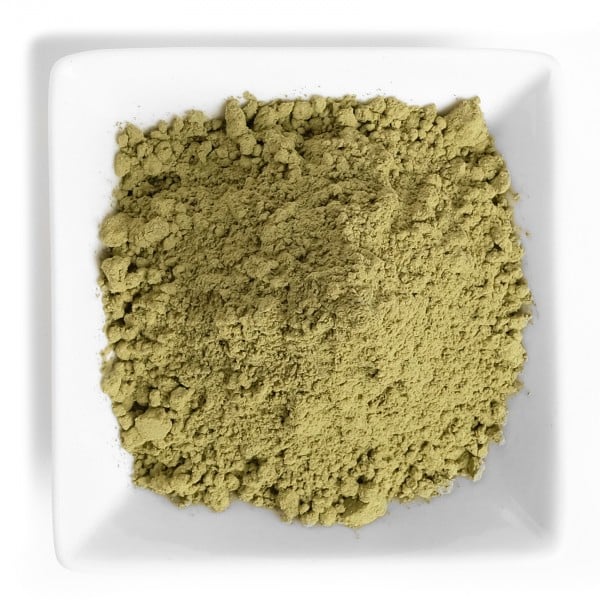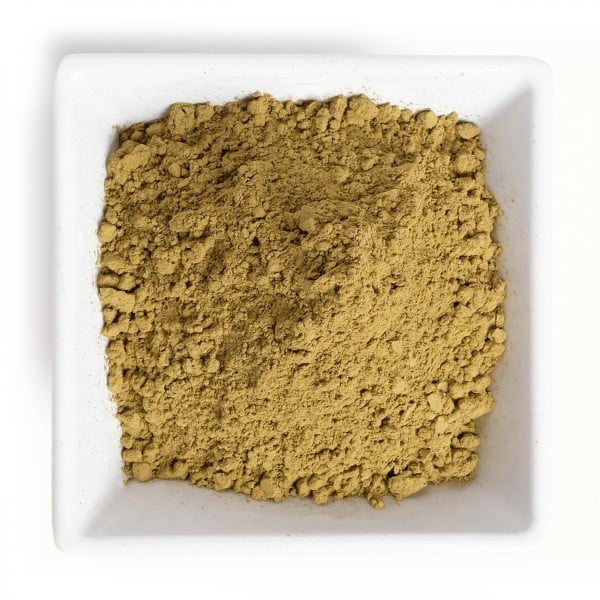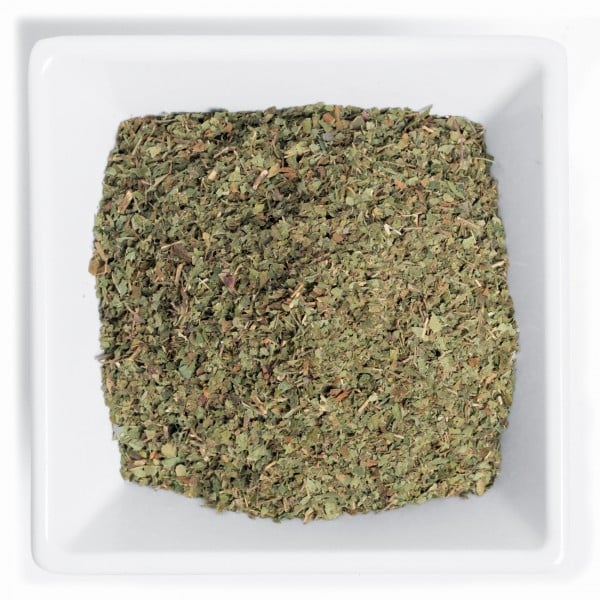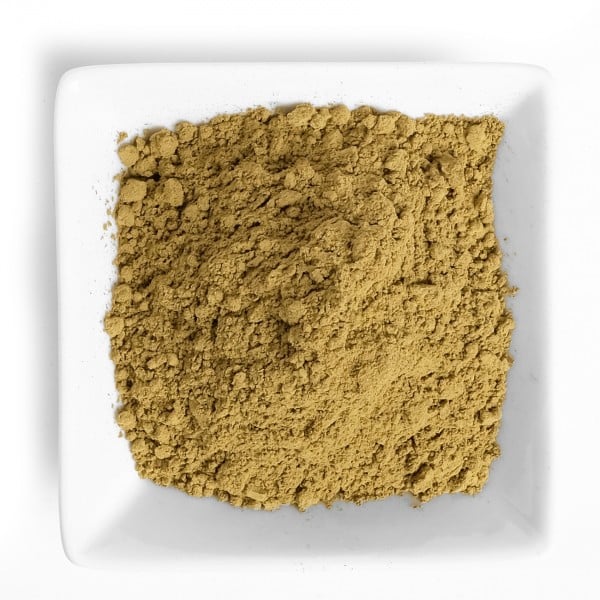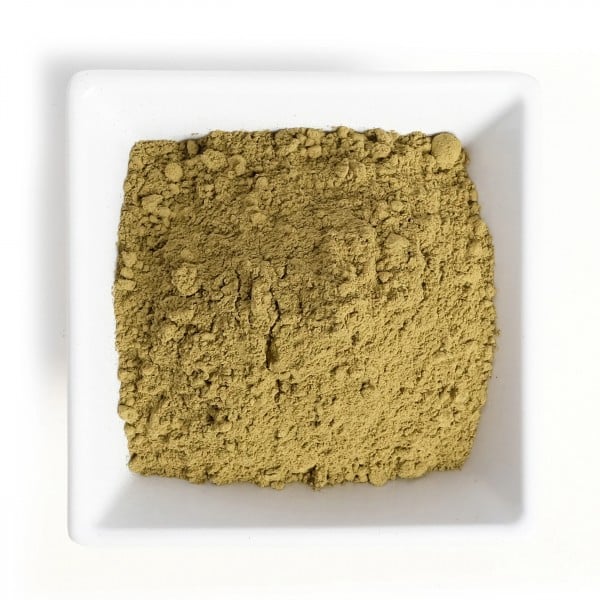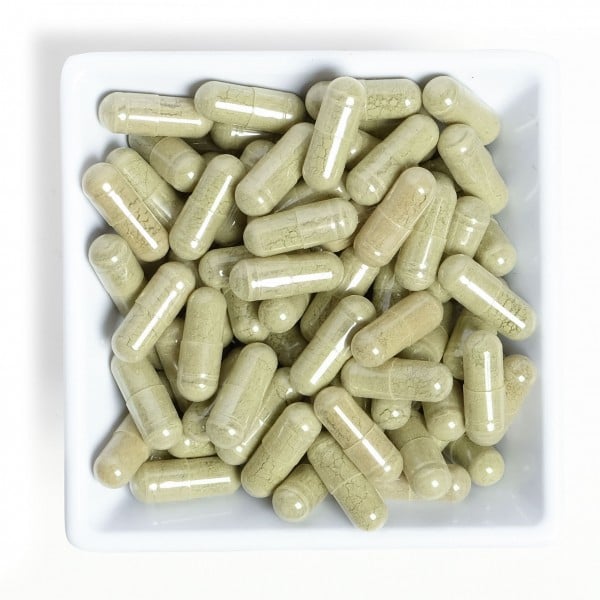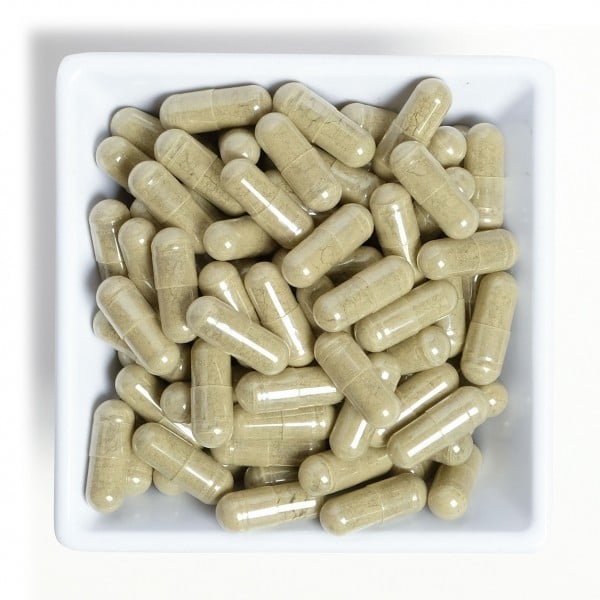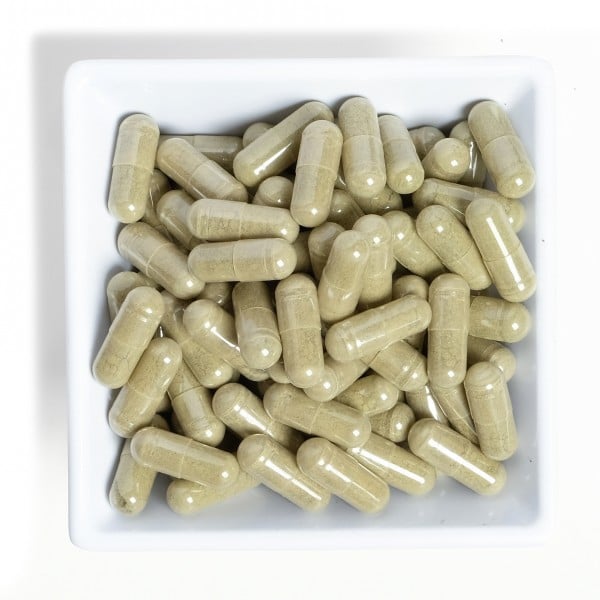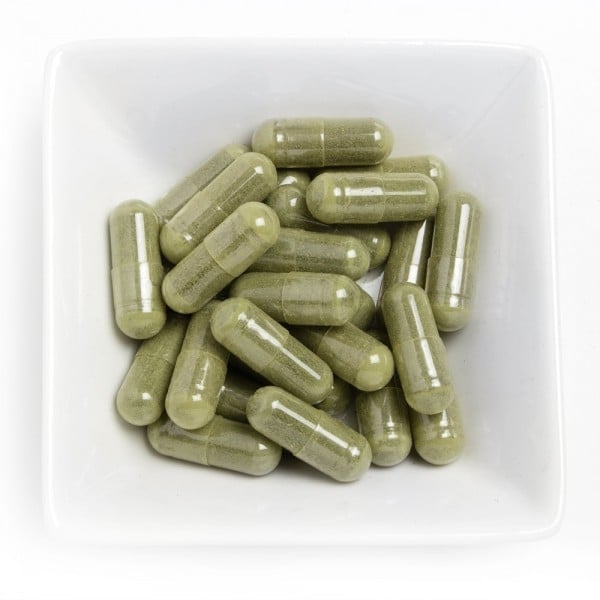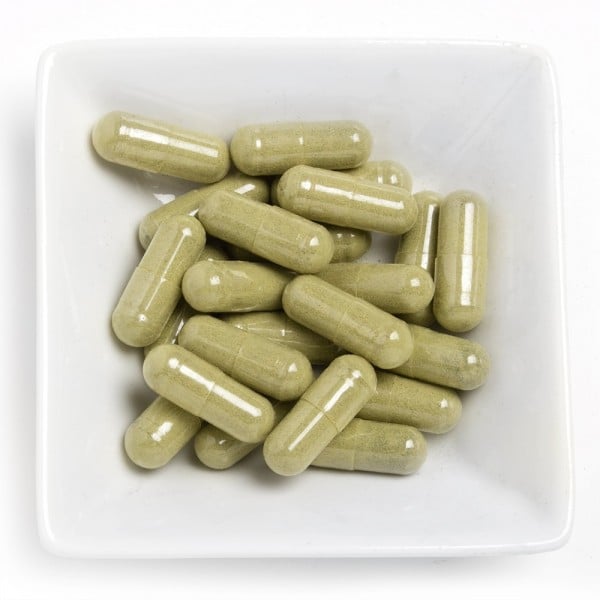Green Vein Kratom Strains
Green vein Kratom is harvested after the leaves have developed from their early stages, but before they have reached full maturity. At this point, the leaves are no longer struggling to develop out of their budding forms, and have begun to perform their traditional functions of photosynthesis and respiration. Different qualities in the finished product naturally follow: green vein strains are known for their balanced yet versatile alkaloid profile. When processed, they tend to present a vibrant green color.
Red Vein Kratom Strains
Finally, red vein Kratom is harvested when the leaves have reached full maturity. No longer dividing their efforts between growing and contributing energy to the tree itself, these leaves have a new internal chemistry and present yet another alkaloid profile, a rich and mellow one especially rich in Mitragynine. Red vein Kratom won’t remind you of a fire engine: adding a bit of red pigment to its otherwise still-green leaves makes for an earthy green tone, sometimes verging on brown.
White Vein Kratom Strains
White vein varieties of Kratom are harvested early, when the leaves are young and still growing. The result is something similar to the process of malting, in which grains are allowed to begin the germination process before being ground. Malting produces a different balance of naturally occurring sugars than simple grain-grinding. Similarly, white vein Kratom produces a different alkaloid profile than other varieties, and tends to include a higher concentration of 7-hydroxymitragynine than others. White vein Kratom often takes on a deep creamy or light tan color.
Yellow Vein Kratom Strains
Yellow vein strains get their color not from carefully timed harvesting, but from a distinctive small-batch drying process. Popular in Thailand and Vietnam, this process begins with carefully selected leaves with mature alkaloid profiles, typically green vein leaves. The leaves are then spread on drying racks and left exposed to direct sunlight for several days. As their chlorophyll begins to break down, the leaves undergo chlorosis: a yellowing due to diminished chlorophyll levels. This is a time-intensive process, which accounts for the relative scarcity of yellow vein Kratom products. The result is a product whose alkaloid profile reflects the time it takes to create this specialized variety. Yellow vein Kratom takes on a rich golden or coppery color.








